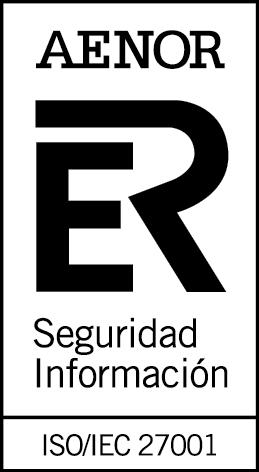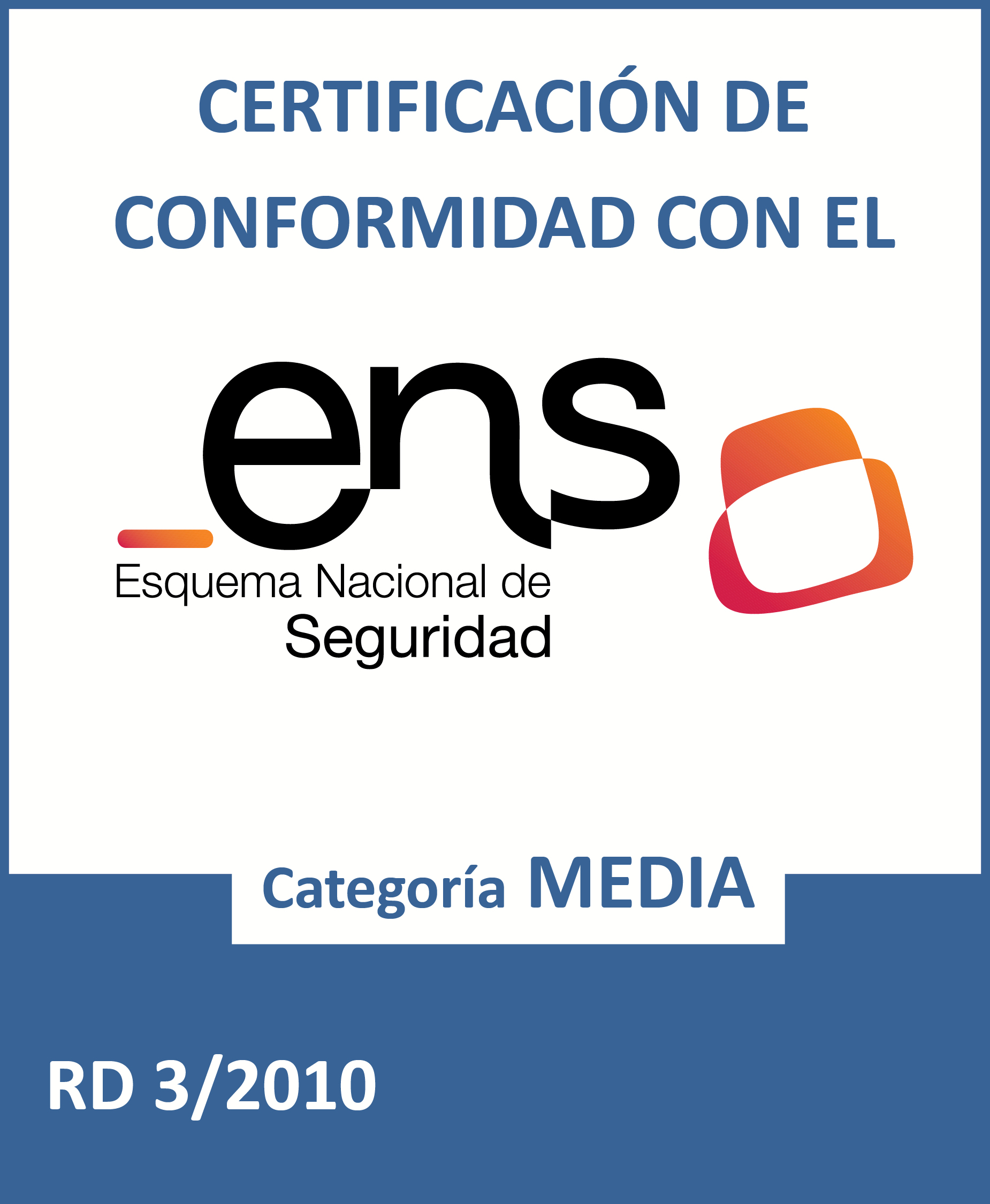From the Infomediary Sector to the Data Economy. Study of Characterization of the Infomediate Sector. Edition 2020.
Fecha del documento: 26-08-2020

Infomediary activity is not classified as such in the CNAE. Therefore, the census of companies must be updated through indirect and ad hoc actions. Periodically, the National Observatory of Telecommunications and the Information Society (ONTSI) analyzes the state of this sector and collects the results in a report, which this year reaches its fifth edition.
Under the title "From Infomediary Sector to Economy Data. Characterization of the Infomediate Sector", this year's report starts from a new approach, more aligned with the European Union's vision. The document highlights that the infomediate sector is evolving towards the data economy, and takes as a reference the words of the European Commission, which defines "data companies" as "organizations whose main activity is to produce products, services and technologies related to data".
A sustainable sector in continuous growth
This year's report shows us that we are facing a sector that does not stop growing in a sustainable way. 708 companies have been identified, 32% more than in 2016. It is worth noting that the businesses that are created around this activity last over time, since 63.7% of the companies analyzed are more than 10 years old. The sector is mainly concentrated in Madrid, where more than 50% of the companies are located. It is followed by Catalonia, with 18.4%.
In recent years there has been an evolution towards businesses centred on digital technologies: the most recent companies are mainly in the field of programming and IT consultancy and information services.

73.5% of the companies carry out more than one infomediaries activity, although the one that attracts more business in data analysis and/or visualization.

Almost 50% of these companies are micro-enterprises (with less than 10 employees) and only 6% have more than 250 employees. The turnover of the sector, however, is not negligible, estimated to reach 1,987 million euros in 2018, 15.4% more than in 2015. Of this volume, 718 million come from the reuse of information.
With regard to employment, in recent years there has been significant growth. The sector employs between 14,000 and 16,000 people, 14.3% more than in 2016. If we focus only on employees linked to data reuse, the growth is even more spectacular, 61.5%, reaching 7,700-8,400 workers.
Traditionally, the distribution of employment by gender in the infomediate sector has been equal (49.9% women and 50.1% men). However, the progressive introduction of digital technologies is breaking this parity in favor of men. Newer (and more technological) companies have many more men than women on their staff.
1 in 5 companies uses data from public sources
More than 80% of the companies analyzed use data from public sources to develop these services, which are combined with private data in 69.9% of the cases. The most demanded public information belongs to the fields of trade, environment, economy and demography. They mainly access this data in non-proprietary structured formats (csv, xml), although it is worth noting that there are still many suppliers that provide their data without structure (pdf, jpg), making it difficult to process automatically.
When asked about the data they most miss, the companies surveyed indicated that they would like to have more data on weather, real-time transport, tourism, demographics (with information disaggregated at the level of census sections), justice at the regional and local level, the public sector, the economy and the treasury.
These are just some of the report's conclusions, but there are many more. You can download the full report and its presentation below.











